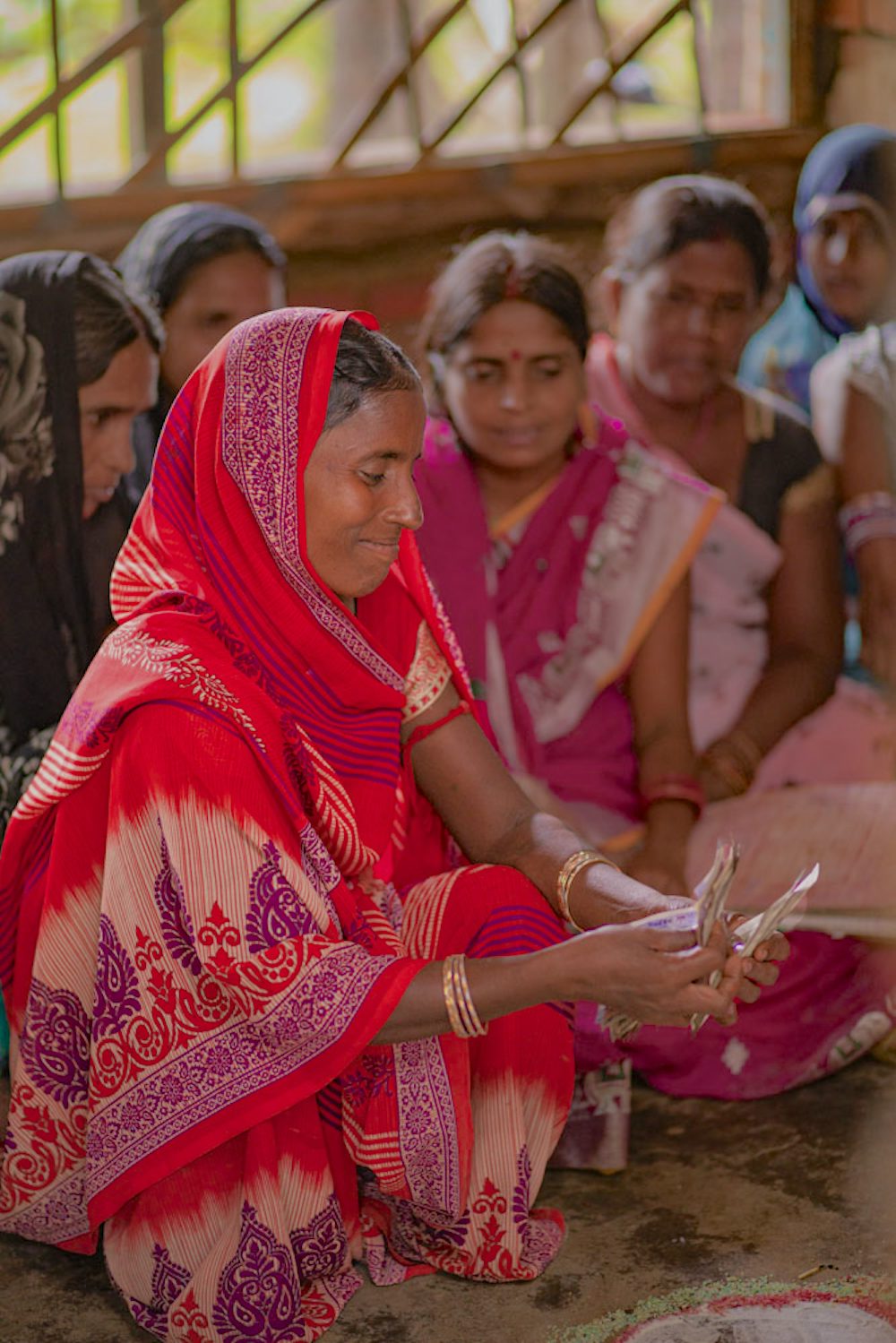
For vulnerable groups struggling with poverty and income inequality, financial inclusion — and financial institutions — can be a crucial bridge to a brighter future. By offering individuals and families support and tools to save their hard-earned money, they can build resilience and savings to prepare for shocks or plan for the future.
Financial inclusion can also be a force of global empowerment and equalization. In a world where 1.4 billion people remain unbanked or underbanked, gaining access to financial services can be a transformative step toward economic prosperity.
Exclusion from financial products and services significantly impacts traditionally underserved groups, including the poor, women, rural farmers and people operating small to medium-sized enterprises.
Financial inclusion equips these individuals with the means to save, invest and grow their incomes, ultimately shielding them from the financial hardships that poverty and income inequality impose.
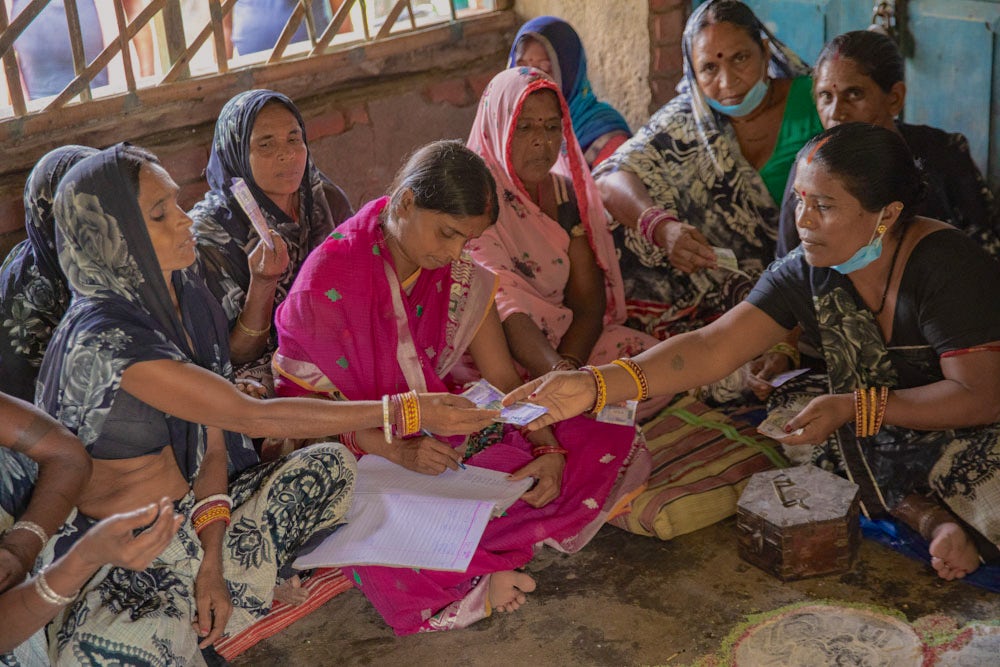
The goal of financial inclusion is to ensure that financial services, such as savings, credit, loans and insurance, are accessible to all segments of society, especially those that have been historically marginalized or underserved. The World Bank considers financial inclusion a key component for eradicating extreme poverty and cultivating shared prosperity.
Financial inclusion serves as a bridge to full-scale participation in the formal economy. With access to financial tools, individuals can grow their businesses, save for emergencies and help their communities.
Financial inclusion remains a challenge in low and middle-income countries, hindering economic development and perpetuating poverty for millions of people. Several barriers contribute to the problem. First and foremost is the lack of access to formal financial services, such as banking, savings accounts and credit.
Rural communities, in particular, face significant barriers to financial inclusion, largely due to geographical remoteness, inadequate digital infrastructure, and low levels of literacy and financial literacy.
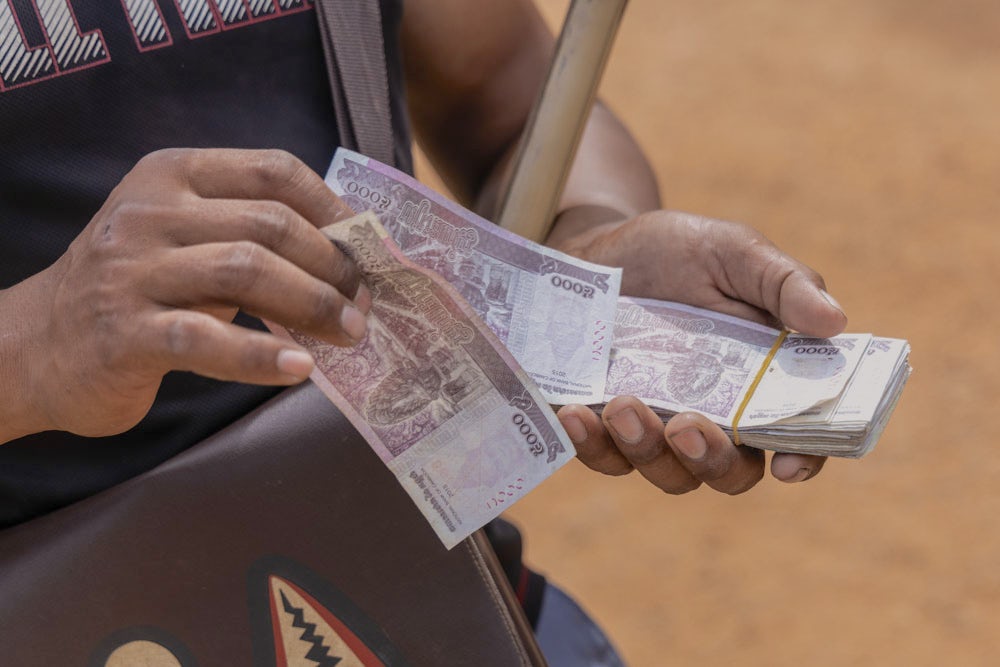
Traditional brick-and-mortar banks are scarce and internet connectivity is often unreliable in many communities, making it difficult for people to access basic financial services. Physical distance, coupled with the high cost of transportation, discourages many from engaging with the formal financial sector. People may also lack the formal documentation required to apply for credit or open bank accounts.
In low-income countries, entrenched patriarchal norms often impede women’s access to financial resources, as societal expectations and traditional gender roles may limit their ability to work or control their finances. The lack of access to education and financial literacy, plus legal and institutional challenges, creates even more barriers for women.
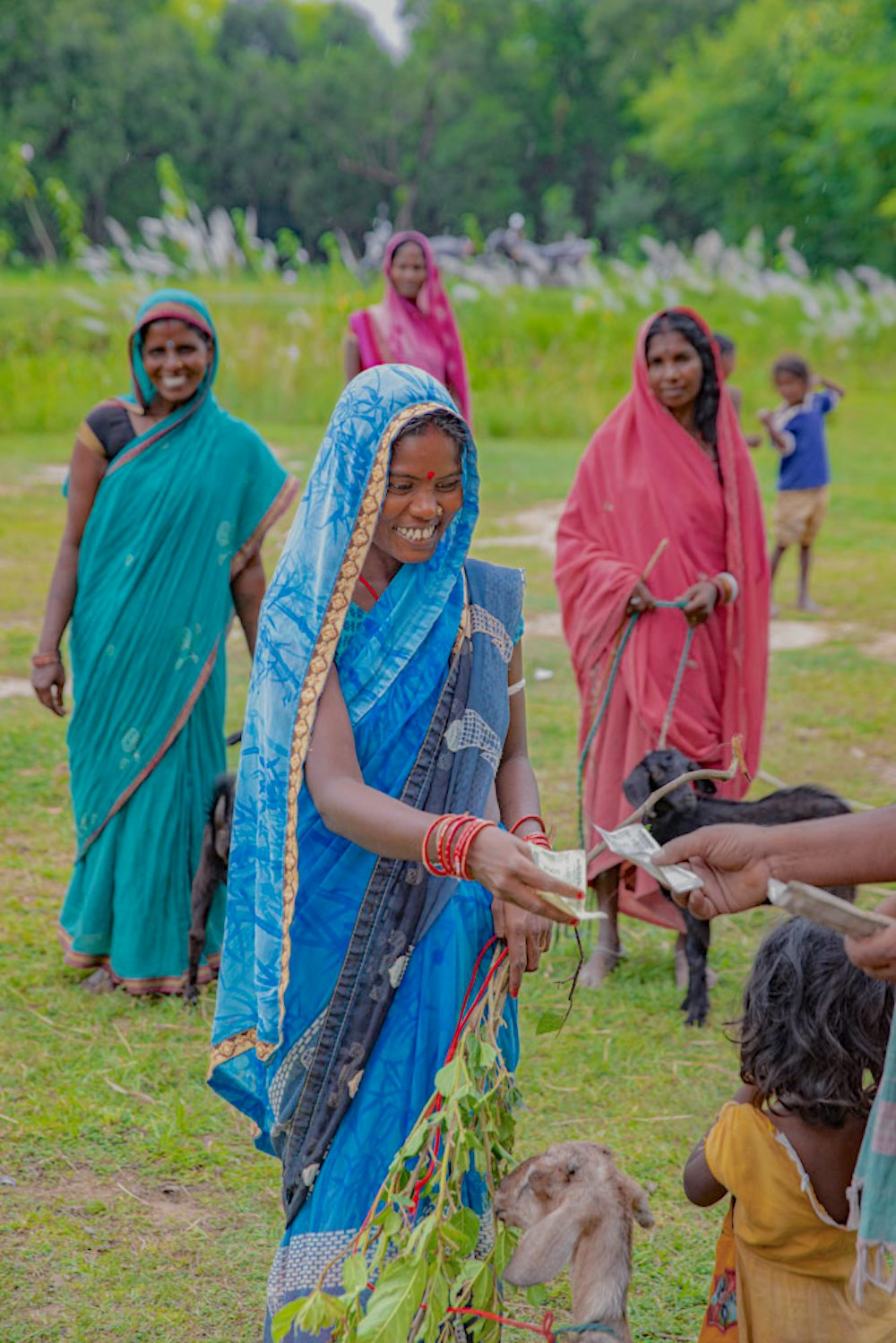
Another significant barrier is the widespread lack of financial literacy and education. Many people in low and middle-income countries don’t have access to financial education and may be unfamiliar with financial concepts and products, making it challenging for them to navigate the complex financial landscape.
Without proper knowledge or skills, people are vulnerable to making uninformed decisions or being taken advantage of by predatory lenders. Cultural and social factors can also play a role, stemming from negative historical experiences with institutions or a preference for informal, community-based financial systems.
There is much more to financial inclusion than simply providing access to financial services; it embodies a vision for economic empowerment, poverty reduction and sustainable income.
“Farming communities need to be able to build secure savings and access credit for timely investments in their farming businesses so that they can thrive and also be more resilient to the shocks when they come,” said Surita Sandosham, president and CEO of Heifer International, in a recent webinar.
Savings: Access to formal savings accounts or informal savings groups allows individuals to accumulate and safeguard their financial resources. Even small savings can have transformative potential, as they provide a financial safety net for people to maintain stability and guard against unexpected expenses.
Access to Credit: Access to credit and capital facilitates the expansion of farms and small businesses, leading to increased income. Inclusive financial systems play a critical role in leveling the playing field, enabling individuals to break free from the constraints of income inequality.
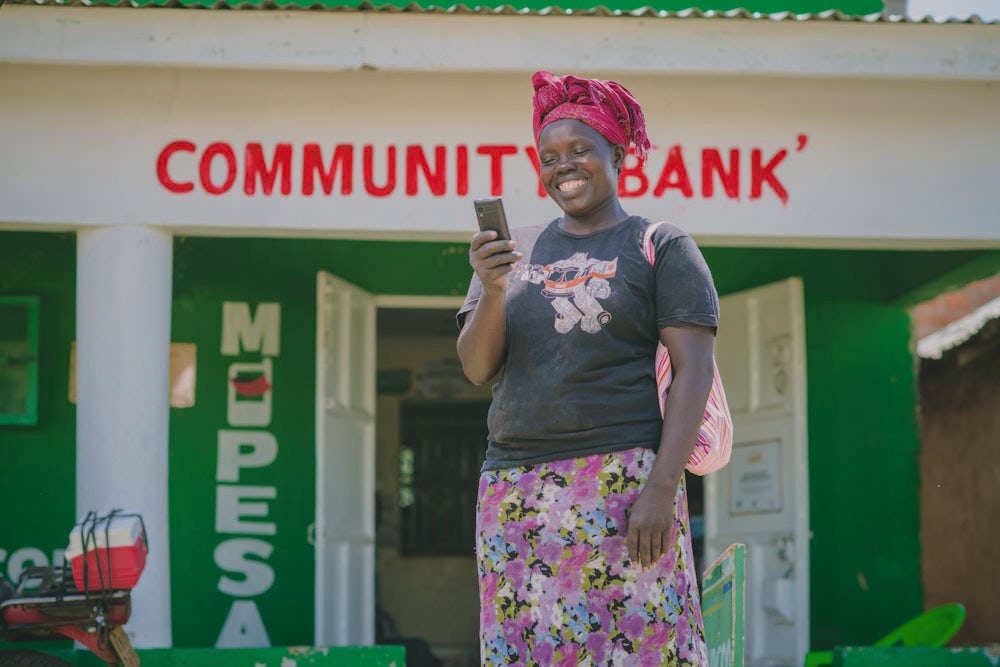
Financial Technology: Access to financial technology, such as mobile banking, digital payments, inventory management and peer-to-peer lending, can have a profound impact on farmers and business owners living in rural areas. When the right tools are available, fintech provides unprecedented access to financial services, education and institutions.
Financial Education and Financial Literacy: One of the pivotal components of financial inclusion is empowering individuals with the knowledge to make informed financial decisions. Educational programs can foster financial literacy, enabling individuals to manage their finances effectively and make the most of available services.
Because of the many barriers people from rural farming communities face in accessing financial services, innovative strategies are required to provide economic mobility and an equitable distribution of resources.
“Facilitating access to appropriate financing tools is a key element in our holistic approach,” said Surita. “We work with multiple partners to connect smallholder farmers with financial service providers. And we want to help the smallholder farmers develop their products and business models.”
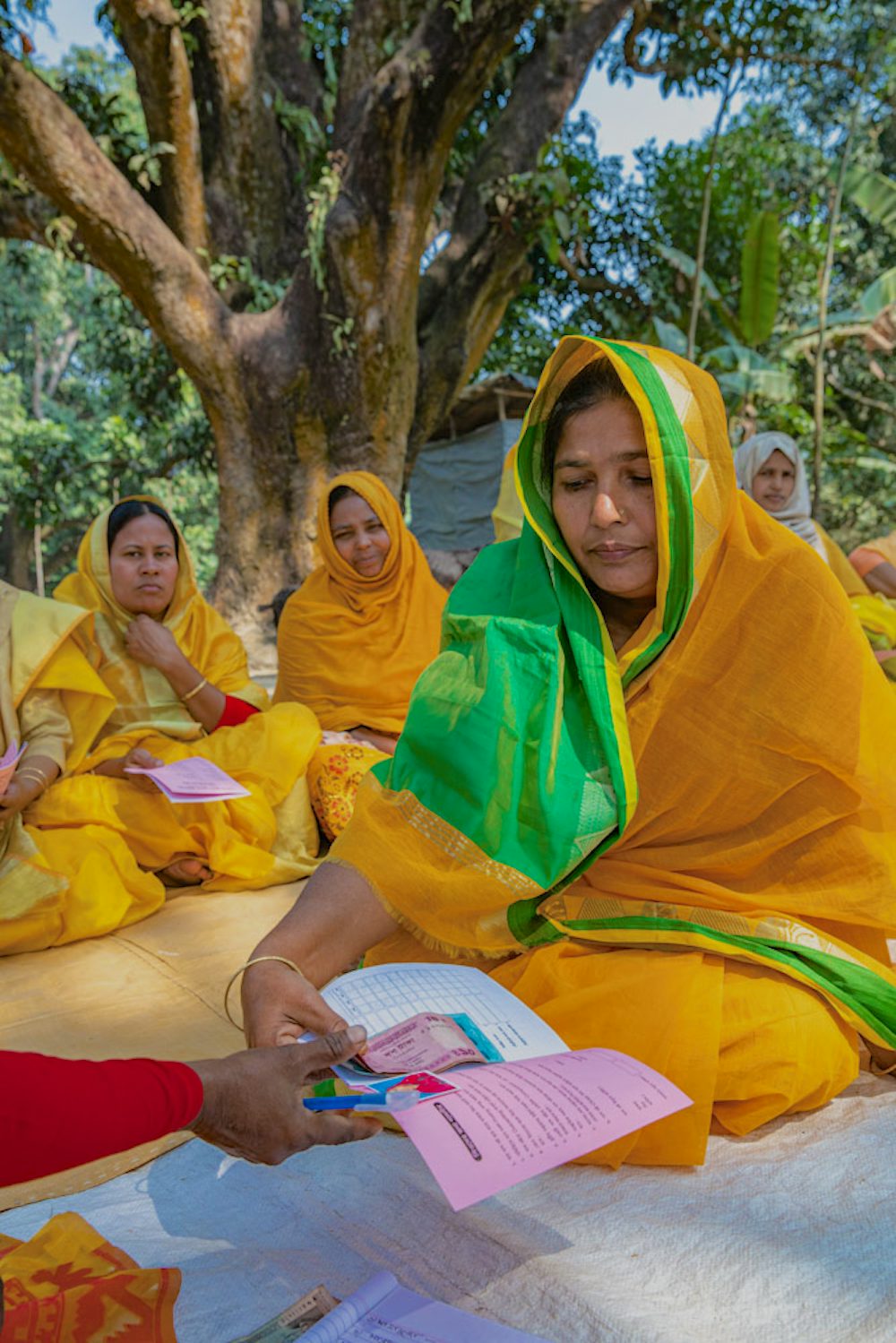
Heifer International has 80 years of experience supporting savings and lending groups. These community-based groups provide financial training and inclusion for those who have been systematically denied access due to cultural, social or geographic barriers.
Self-help groups and cooperatives pool their savings and resources to invest in their businesses and provide loans to members. This strategy empowers individuals to move from living hand-to-mouth to running profitable agribusinesses, earning sustainable incomes and saving for future uncertainties.
In Rwanda, 40 women formed a self-help group and were able to save little by little to start a feed business, grow their incomes and provide for their families. “In the group, I learned how to save money and build my focus and vision in order to work toward achieving something,” said Dative Mujawamariya, a member of the group.
Members of youth groups in Uganda contributed their individual savings to form a collective savings-and-loan fund. Entrepreneurship is encouraged through peer-to-peer support and weekly meetings in which members gather for training and discussion on new business investments.
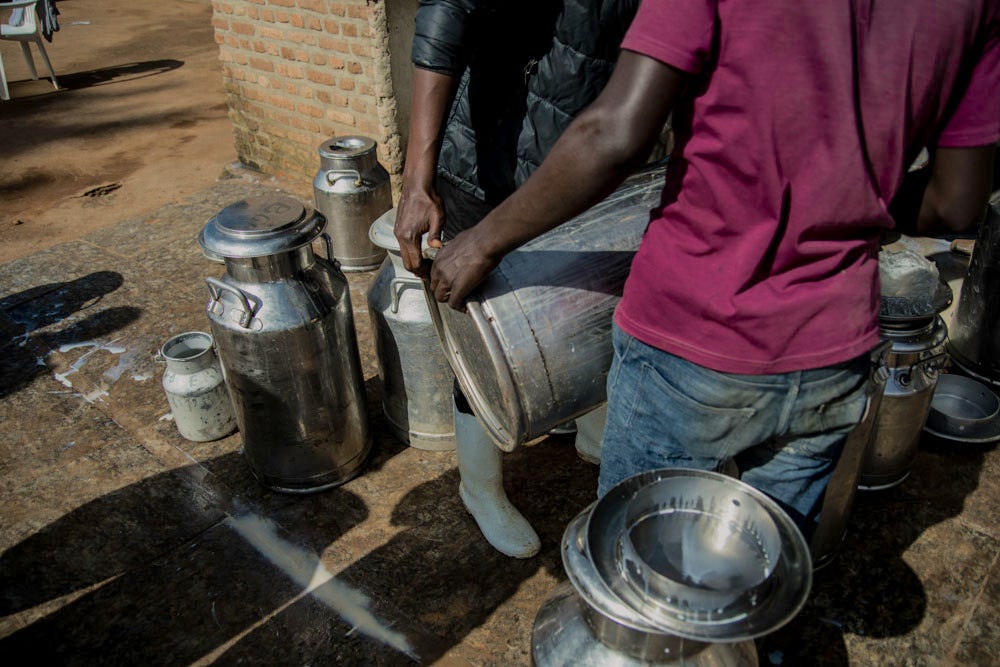
By enabling individuals to access affordable credit, financial inclusion reduces poverty. It is essential to have working capital in any business, especially farming, in which land, livestock and farming equipment can be expensive. Heifer International provides access to credit and investment in a variety of ways.
Impact Investing: Our impact investing arm, Heifer Impact Capital, provides affordable finance to farmers and cooperatives through various investment products. In Mexico, for example, Heifer Impact Capital and Root Capital extended a revolving line of credit and financial education to four coffee cooperatives, enabling them to purchase coffee from small-scale farmers to meet bigger orders and provide farmers with access to finance at lower rates. In Rwanda, Heifer Impact Capital loans enabled the Nyagatare Dairy Cooperative to establish a well-equipped milk processing plant that now produces a variety of dairy products, which has created employment opportunities in the community and improved incomes for local farmers.
Facilitating Formal Lending: To unlock financing for smallholder farmers in Nepal, Heifer International has linked local banks and financial institutions with agricultural cooperatives. Since 2018, Heifer Nepal and its partners have connected with 21 banks and financial institutions to commit more than $75 million. Using corporate guarantees, this model provides smallholder farmers with low-risk, high-performance loans.
Partnerships: Through a partnership with Hatching Hope Mexico, a Heifer International and Cargill initiative, El Buen Socio extended credit to poultry farmers. The social enterprise provides tailor-made loans and financial education to smallholder farmers in Mexico. As a result of the partnership, farmers who took out loans had significantly higher annual incomes than those who did not.
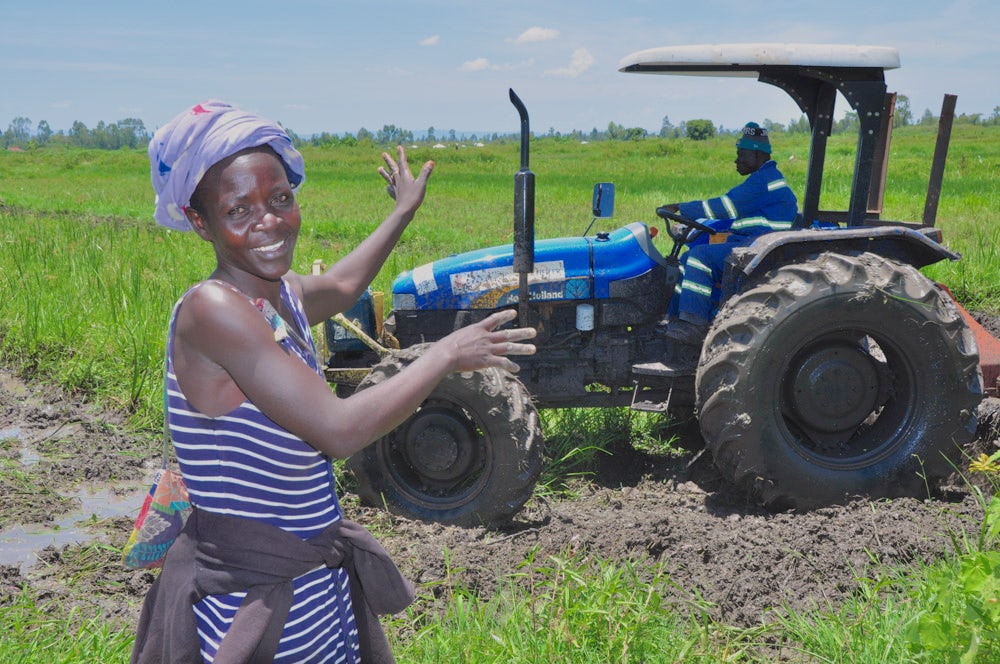
In our rapidly advancing digital age, mobile banking and digital payment solutions have emerged as transformative instruments for promoting financial inclusion and reducing poverty. They have made it easier for people in remote and underserved areas to engage in financial transactions, receive payments and access government assistance.
A Heifer-supported producer organization in Kenya runs a community bank that provides mobile banking services to smallholder farmers. With a special mobile app, users can quickly and easily move money in and out of their accounts, pay for services and accept payments. This makes it convenient for smallholder farmers to handle their finances anytime and anywhere from their phones.
Heifer International and Mastercard have partnered to connect millions of smallholder farmers in sub-Saharan Africa to Mastercard’s Community Pass. Community Pass addresses financial inclusion challenges in rural communities, such as a lack of formal identification, unreliable connectivity and low smartphone ownership, by creating digital identification smart cards that can be used offline to access financial services without the need for a mobile device.
Heifer International has also partnered with Hello Tractor, an agritech and tractor-sharing company, to provide pay-as-you-go loans to young African entrepreneurs to purchase tractors and make them accessible to thousands of additional smallholder farmers. This innovative financing model emphasizes financial inclusion for entrepreneurs lacking traditional forms of collateral, enabling them to acquire tractors and make payments against their loan through leasing services to local farmers.
Financial inclusion aims for equitable participation in the formal economy. Heifer International’s financial literacy and business training, facilitated through self-help groups and cooperatives, empowers smallholder farmers to improve their operations and make decisions about their financial future.
Training in business planning, including developing a business plan, savings, loans, marketing and maintaining records, all contribute to sustainable financial growth. Farmers also learn about effective animal management and sustainable farming practices to improve production and maximize profits.
Self-help groups are ideal for delivering financial literacy training to those excluded from formal education due to societal or cultural biases. Across our projects, women have formed groups to share financial literacy, business and farming skills.
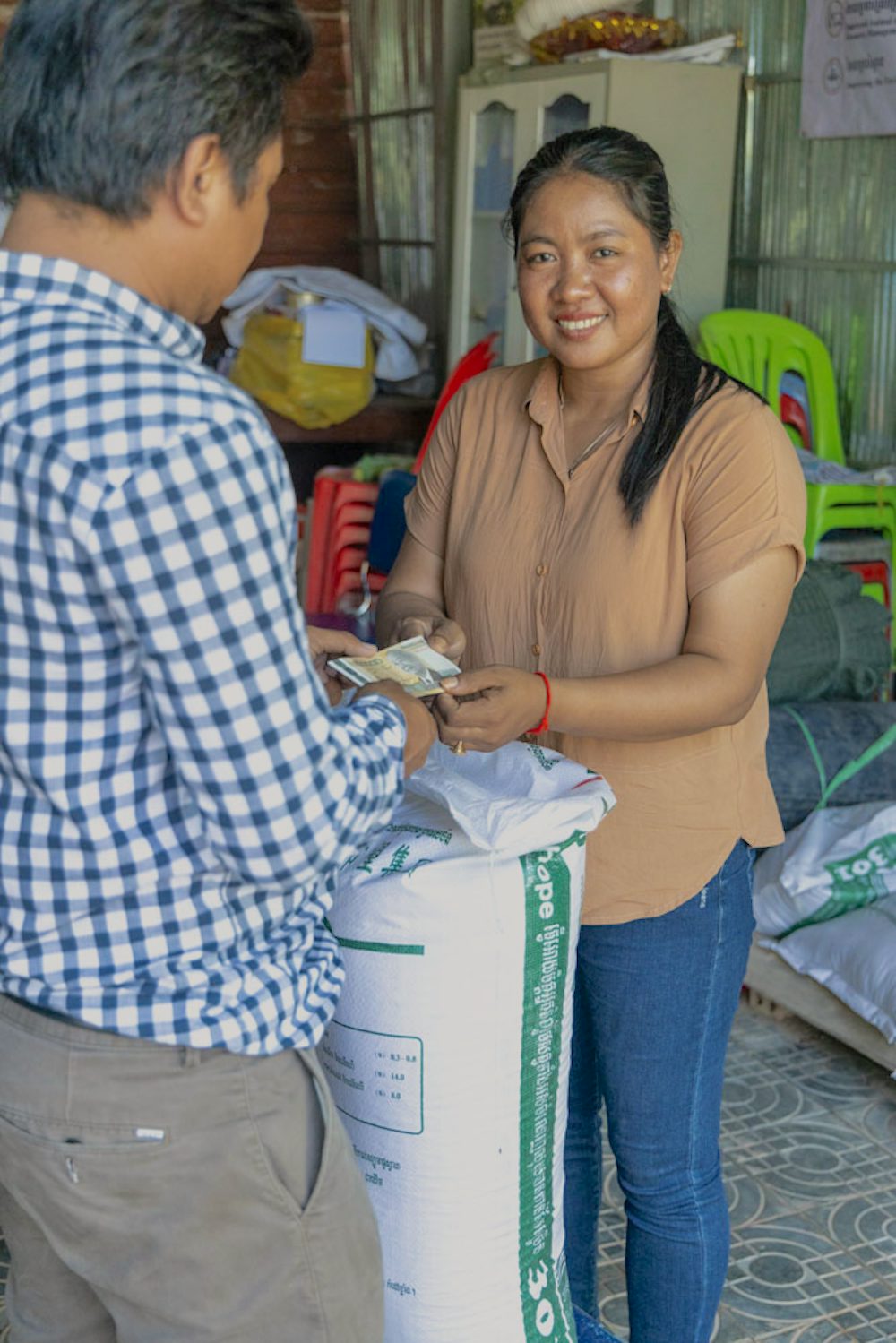
Heifer International is working to improve access to financial services for agricultural communities, which are historically financially underserved populations. We are committed to expanding opportunities and identifying tools that increase financial inclusion for farmers and shape a world that is more inclusive, equitable and prosperous.
The benefits of financial inclusion extend beyond economics: they promote the development of communities that can fulfill their needs and build for the future. Financial inclusion ensures dignity, independence and self-reliance.
As we look to address global poverty and income inequality in a meaningful and sustainable way, financial inclusion holds the key to helping people establish successful businesses and resilient lives.